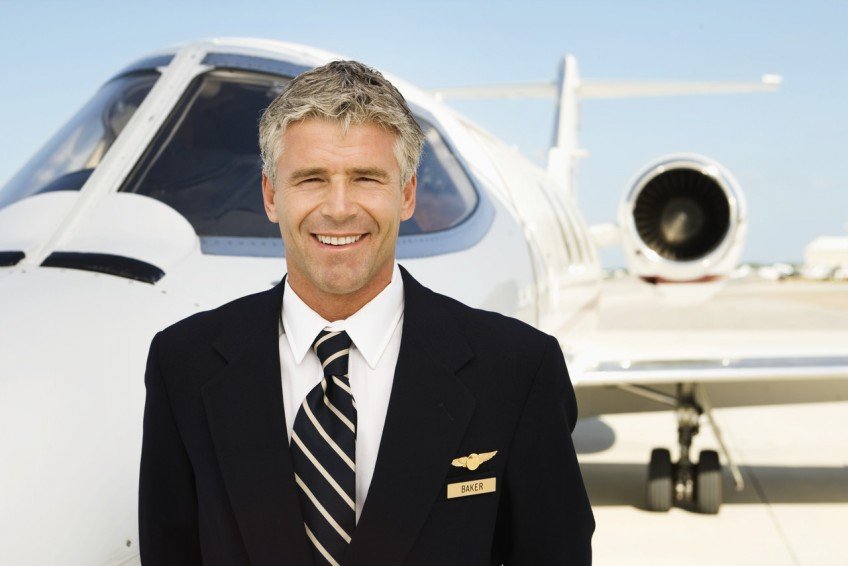Your Journey to Becoming an Airline Pilot
With all the experiences, the travel and the chance to meet new people on a daily basis, it's not surprising that becoming a pilot appeals to so many when considering what they want to do with their life. If you've often looked to the skies and wondered how you can gain your wings, you're probably already considering it as your future career, so what exactly does a career as an airline pilot involve and how can you become one?
Airline (commercial) pilots fly passengers for leisure, business or commercial purposes all over the world. For each flight there will typically be two pilots operating the aircraft: the Captain and the First Officer who is second in command. First Officers are responsible for preparing the load manifest, including weight and balance checks and together with the Captain, will carry out pre-flight checks of instruments, engines, fuel and safety systems. Both pilots will take it in turns to fly and will work out the best route using weather reports and information from air traffic control, checking data during the flight to adjust the route if necessary. So it is very important that you can work as a team with your co-pilot to jointly share the tasks involved in getting passengers safely to their destination.
To aim for a role as a First Officer, the first thing you'll need to know is that all airline pilots must hold an Airline Transport Pilot Licence (ATPL). This is known as a 'frozen ATPL' and becomes 'unfrozen' when you have gained a certain number of hours and experience. There are two main ways you can gain an ATPL: through an integrated course or through modular training. An integrated course is full-time and will take you around 18 months to complete. On your course you'll be doing a combination of theory work and practical flying and for this entry route you won't need to have any previous experience because your training provider will take you from zero hours of flying up to the required amount for the ATPL. Alternatively, you could choose to go down the modular training route. Your training will be provided by the same training providers but it will be carried out in chunks so you can work whilst studying. For this route however, you'll need to already hold a private pilot licence and have completed 150 hours of flying before starting the practical flying aspect of the course. Whichever route you take, once you've completed your training you can then start that exciting search for your all important role as a First Officer.
As a newly qualified First Officer, you'll be limited to certain weather you can fly in and certain airports you can fly to. But don't worry, these limitations will be lifted as you gain more experience and gradually progress up to a Senior First Officer role. Then once you have gained at least 5000 flying hours, you can apply for an 'unfrozen' or full ATPL and qualify as an airline Captain. At this point you'll need to complete a further, intensive training course but on successful completion you'll be a qualified Captain! This means that the overall responsibility for the safe operation of the aircraft and the safety of the crew and passengers will now lie with you. All the experience you'll have gained will now become essential because in emergency situations, it's the Captain who is required to make decisions under pressure, which could affect many lives. So now you know what is involved in becoming a pilot and no doubt are even more keen to get going . Head over to our resources page to find your local training centre and take that first step to gaining your wings and becoming a pilot!


